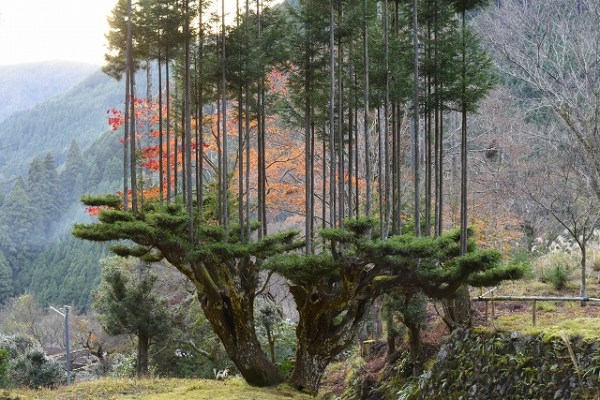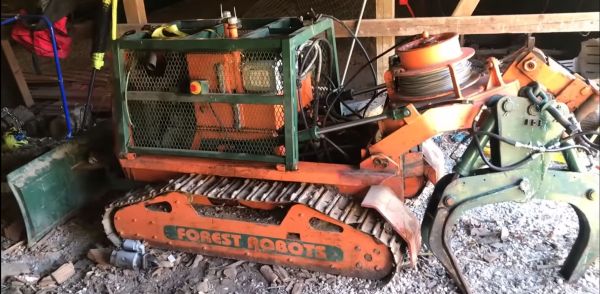In 14th Century Japan, there was a shortage of straight lumber for building and flat land on which to grow it. Arborists there developed a technique that looks like growing trees on top of trees, called daisugi.
Similar to the European practice of pollarding for firewood and basket materials, daisugi has been likened to bonsai on steroids. Starting with a Japanese cedar tree, one chops the top off the tree once it has grown to sufficient size to survive this initial shock. The following spring, you start carefully guiding the new growth through pruning to create tall, straight trunks on top of the “platform cedar.” Pruning takes place approximately every two years and harvesting every twenty. A daisugi tree can produce new shoots for several hundred years if properly maintained.
Although often used as a decorative technique today, it seems like an interesting way to grow your own perfect lumber if you have the room for it. We suspect the technique could be used on other species that lend themselves to pollarding like oak or maple, but harvest times and reliable straight trunks might vary. With sustainable production of wood for cross-laminated timber (CLT) and other advanced timbers being of growing importance, we wonder if these techniques could make a comeback?
Continue reading “Daisugi – Growing Straight Lumber Without Killing The Tree”













